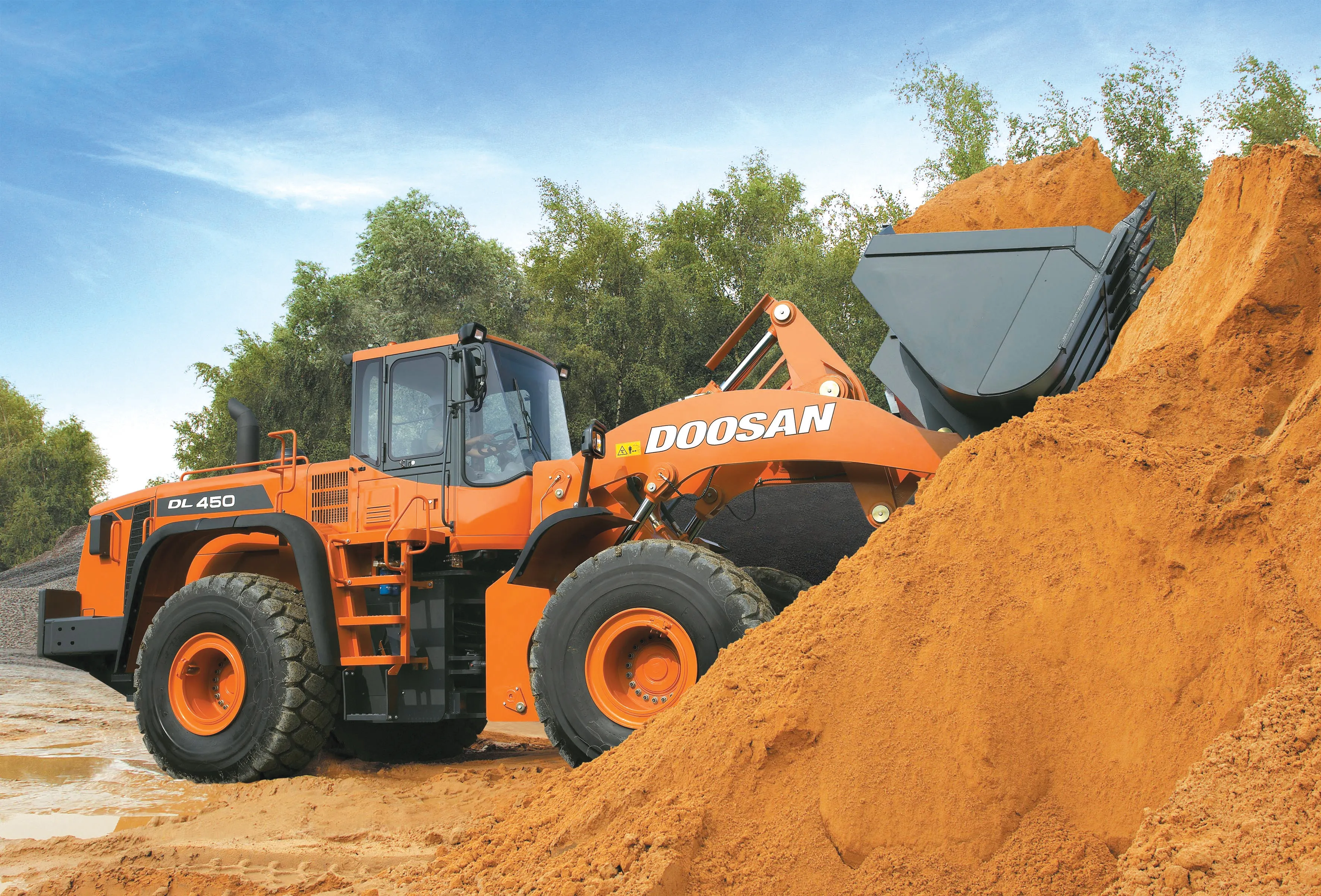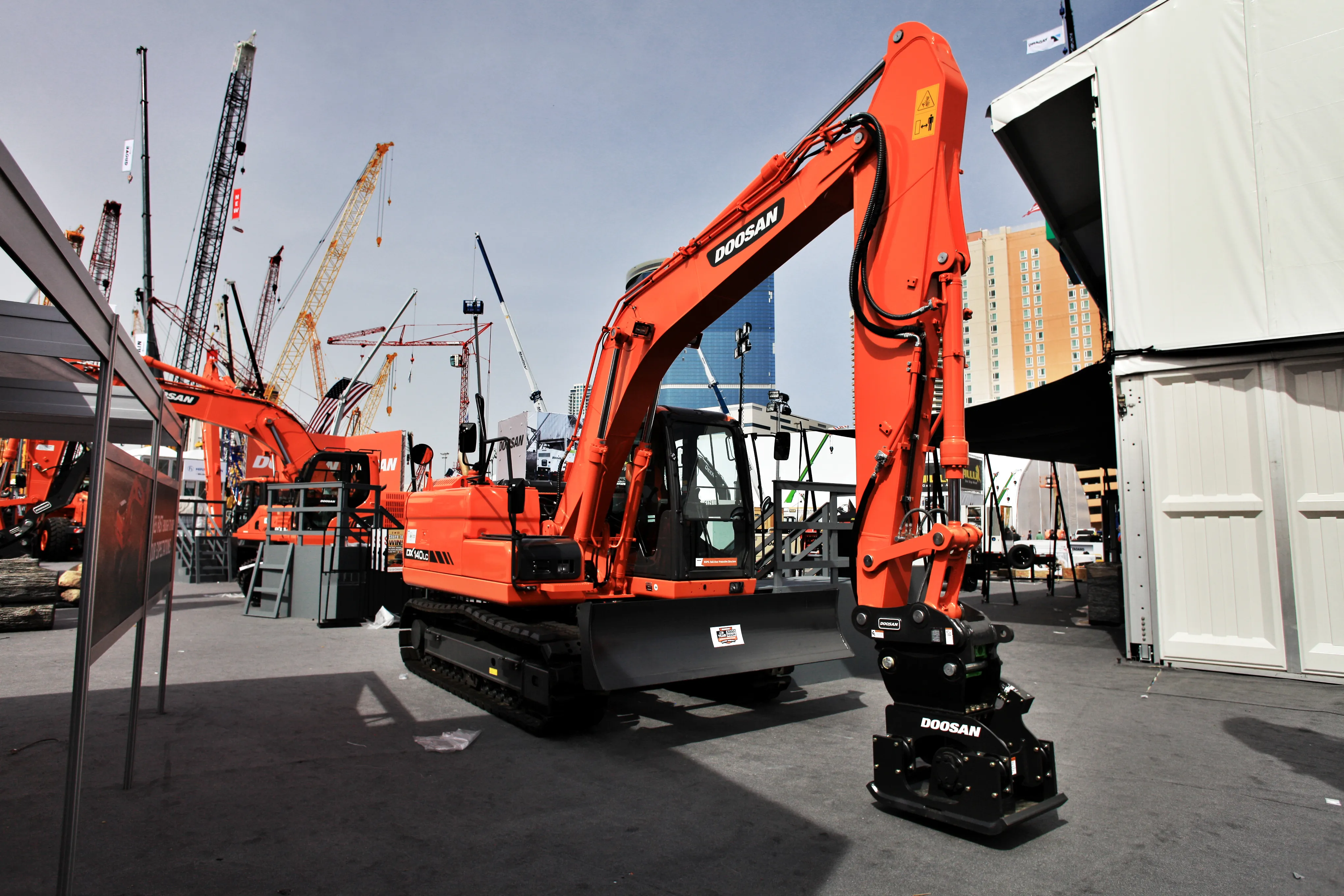Hyundai’s new HX235 LCR short tail crawler excavator, a stage IV generation machine, can load trucks up to 5% faster and levels up to 4% faster than the 9A-Series.
To achieve efficient grading, the HX series can apply boom floating control using arm-in and arm-out operation only, allowing stable operation even in high-load work.
The new HX235 LCR shares many innovative features with the South Korean manufacturer’s other new excavators – the HX145 short tail crawler excavator and the company’s first w
March 15, 2016
Read time: 2 mins

To achieve efficient grading, the HX series can apply boom floating control using arm-in and arm-out operation only, allowing stable operation even in high-load work.
The new HX235 LCR shares many innovative features with the South Korean manufacturer’s other new excavators – the HX145 short tail crawler excavator and the company’s first wheeled excavators, also stage IV – HW140 and HW210.
These include new safety features such as Hyundai’s exclusive AAVM - Advanced Around View Monitoring - system for 360° virtual operating view which is displayed on the 20cm cluster-monitor. An Intelligent Moving Object Detection system that senses and warns the operator when objects come within working distance of the machine.
HX and HW ranges also have newly designed cabins incorporating a larger front screen. The driver's door is easier to open from the inside with an additional handrail. The interior of the HX and HW cab offers 13% more space for the operator (compared to 9A-series).
The machines are also fitted with Hi-Mate, a remote management system developed by HHIE. Through its satellite powered technology, customers can now enjoy an unmatched level of service and product support. With one press of the button, users are able to remotely evaluate machine performance, access diagnostic information and verify machine locations. It’s even possible to program a virtual ‘geo-fence’ to prevent the machine from leaving a specific area.
Enhanced reliability features on the HX and HW Series include reinforced longer-life pins and bushings coupled with wear-resistant polymer shims. There are newly designed cab shock mounts with dual shock absorption for reduced vibration and noise and improves operator comfort. Serviceability enhancements include ground-level access to the fuel filter and convenient exterior access to the cab air filter.
All videos








